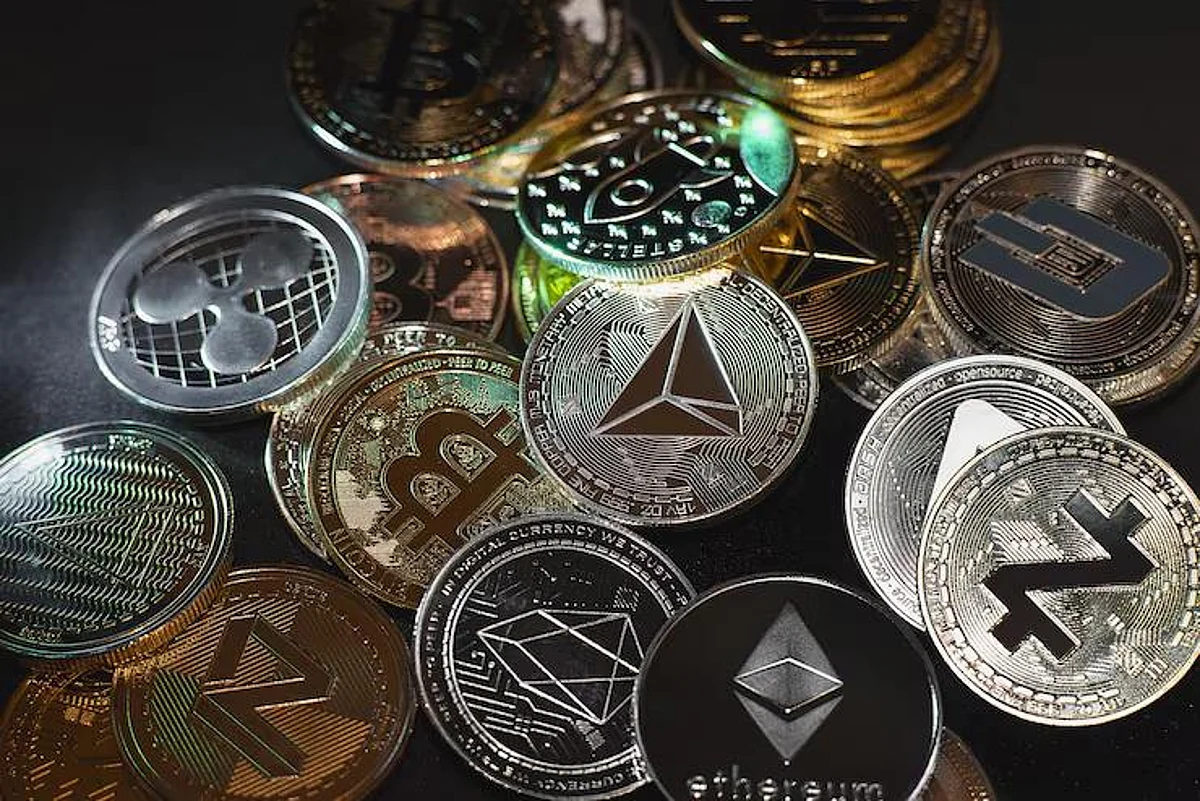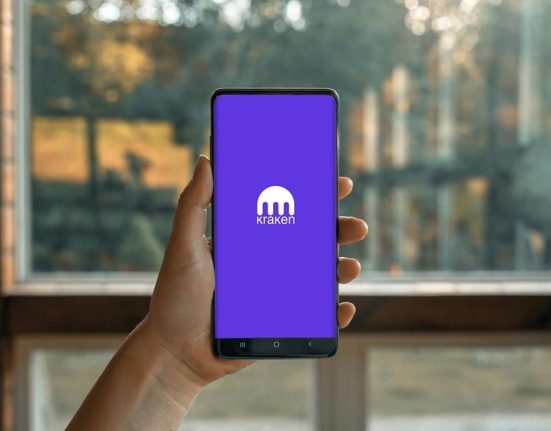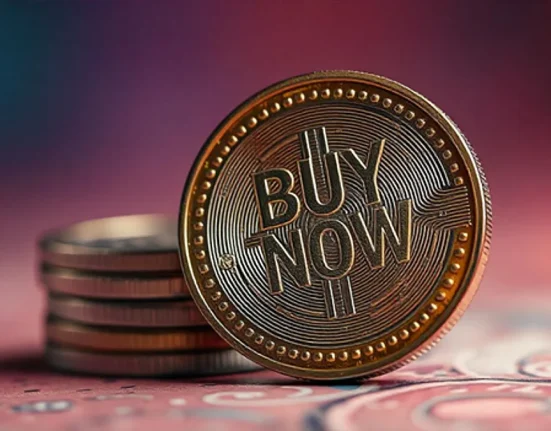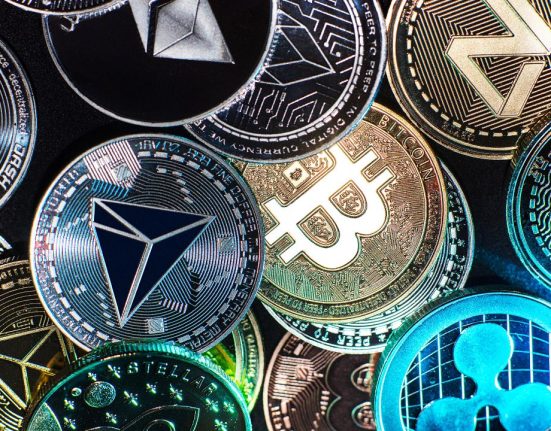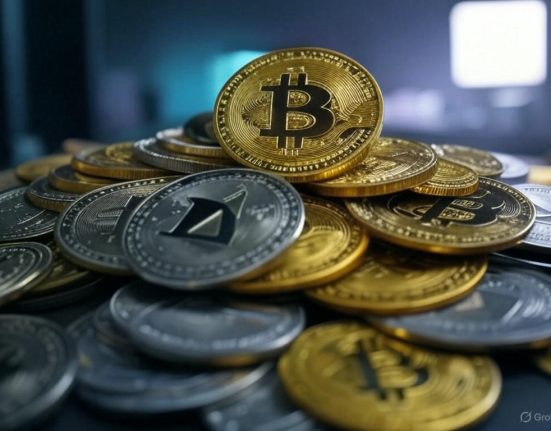Cryptocurrencies have progressed at a breakneck pace from esoteric tech projects to common financial instruments that are transforming the way we think about money, ownership, and even the web itself. Yet, among the areas that continue to perplex newcomers and recreational investors alike is the difference between coins and tokens. Although they exist under the overarching term crypto assets, they are used for very different ends and exist within very different ecosystems.
Appreciation of the differences—and applications arising from them—is essential for anyone hoping to engage meaningfully within the crypto economy. This article dissects what crypto coins and tokens are, how they are different, what function they have within blockchain ecosystems, and the industries they’re disrupting.
What Are Crypto Coins?
Crypto coins are simply virtual currencies that exist independently on their own native blockchains. Bitcoin, the progenitor of them all, is on the Bitcoin blockchain. Ethereum is on the Ethereum blockchain. These coins exist mostly as a medium of exchange, store of value, or unit of account, replicating the roles played by traditional money in a decentralized manner.
One of the characteristic features of coins is that they can be utilized to pay for transaction fees in their network. For example, Ether (ETH) can be used to pay for gas fees on the Ethereum network. They also feature centrally in securing and maintaining the blockchain through consensus like Proof of Work (PoW) or Proof of Stake (PoS).
Essentially, crypto coins are the blood and life force of the blockchain they represent. Their price tends to rely on the size and acceptance of the blockchain itself, in addition to scarcity, mining difficulty, and sentiment within the market.
What Are Crypto Tokens?
Tokens, however, don’t work on standalone independent blockchains. Rather, they are constructed on top of existing blockchain platforms, predominantly Ethereum. These are virtual assets that embody a broad range of utilities or values within certain decentralized applications (dApps).
The tokens are made possible with smart contracts, which are codes with set rules that automatically execute. For instance, the Ethereum network allows for ERC-20 for fungible tokens and ERC-721 for non-fungible tokens (NFTs). These standards give programmers a standardized way of creating, deploying, and interacting with tokens.
Unlike coins, crypto tokens do not have to represent money. They can represent anything: ownership of assets (real or virtual), access to services, governance tools, or even physical goods. Their malleability has positioned them at the heart of many blockchain-based applications and ecosystems.
The Core Differences Between Coins and Tokens
The distinction between a coin and a token is minute but simply comes down to the function and infrastructure. Coins are mainly digital money, and their development is integrated into their own native blockchain. Tokens are reliant on established blockchains and get their functionality from smart contracts.
Whereas coins serve to facilitate money exchanges and protocol-level operations, tokens are generally employed to fuel applications, reward users, offer access, or symbolize assets. Coins have their own miners or validators that secure the blockchain; tokens rely on the security of the parent chain.
It’s essential to appreciate this distinction, particularly when analyzing investment opportunities or understanding how a certain crypto asset operates in its environment.
Types of Tokens and Uses
Tokens can be classified broadly according to their usage. Each category presents new avenues within the decentralized space, increasing the application of blockchain technology beyond mere value transfers.
Utility Tokens
These are tokens that grant one access to a service or product within a particular blockchain environment. They function like a key, opening up functionality within a platform. For instance, a decentralized file storage solution may charge users to store or fetch information using its natively supported utility token.
These types of tokens tend to have a crucial role in rewarding behavior and fostering engagement in an ecosystem. They are not technically investments but more so as a utilitarian component that users must access to utilize a dApp.
Security Tokens
Security tokens are tokens representing an ownership interest in a physical asset, like equity in a company, property, or commodities. Since they find their value in external, marketable assets, they are under financial regulations in most jurisdictions.
These tokens fundamentally tokenize traditional securities and are regulated by legal systems such as the Howey Test in the U.S. Their appeal rests in their ability to simplify fundraising, enhance liquidity, and enhance transparency within the financial markets.
Governance Tokens
Governance tokens allow token holders to have a say in the direction of a project or protocol. These decisions include fee adjustments, new feature additions, or revisions to smart contracts and can all be determined by token-based voting processes.
These tokens are central to decentralized autonomous organizations (DAOs), where decision-making is done collectively in place of hierarchical management. The aim is to democratize control such that protocol evolution is driven by community input.
Non-Fungible Tokens (NFTs)
In contrast to the fungible tokens described above, NFTs are one-of-a-kind digital assets that signify ownership of unique items or content. From digital artworks and collectibles to in-game items and even property, NFTs provide provable ownership and authenticity on the blockchain.
They have given rise to new markets and revenue streams for creators, gamers, and collectors alike. NFTs are transforming the way digital content gets monetized, distributed, and consumed.
Why the Difference Matters in Practice
For developers, users, and investors alike, knowing if a project is about a coin or a token can have a dramatic impact on how it’s understood and used. A blockchain project that issues its own coin, for instance, could be more technically oriented and infrastructure-heavy, whereas a token-based project could be user-experience, app development, or digital rights centered.
Moreover, this difference often influences what regulatory agencies perceive of these assets. Security tokens are likely to be held to strict legal standards, while utility tokens and coins are often able to move with greater freedom, depending on the country or region.
For developers, deciding between building a coin (with a brand new blockchain) and launching a token (on someone else’s chain) influences everything from price and scale to adoption and community development.
Real-World Uses Driving Adoption
Decentralized Finance (DeFi)
DeFi platforms allow users to borrow, lend, earn interest on, and trade crypto with or without intermediaries. Most of these services operate on tokens developed on Ethereum or similar smart contract protocols. Tokens serve as collateral, interest-bearing assets, or governance tokens that dictate the way protocols evolve.
Gaming and Virtual Economies
Blockchain games and virtual environments increasingly use tokens to fuel their in-game economies. Tokens are earned by the players through engagement in gameplay, exchanged digital goods with NFTs, and used in governance token voting for direction on the platform. These models create player-owned economies where users directly benefit from taking part.
Supply Chain and Logistics
Tokens are being applied to monitor and authenticate commodities in international supply chains. They can represent a product or shipment, establishing open, tamper-free records from source to delivery. This introduces new efficiency and responsibility to sectors hobbled by inefficiencies and fraud.
Content Monetization
Artists, musicians, and writers are leveraging tokens to monetize their work without the use of traditional platforms or intermediaries. Platforms allow artists to develop original content as NFTs or distribute community tokens that give supporters exclusive access, possession, or even a share of future royalties.
Identity and Credential Verification
Blockchain tokens are becoming more and more the vehicle of representing verifiable credentials—work experience, academic qualifications, or proof of identity. People can claim and control access to data and prove qualifications in safe, decentralized ways through the use of these tokens.
Token Standards: The Backbone of Interoperability
One of the main reasons for the exponential growth of tokens is the emergence of token standards—technical protocols that get tokens to behave predictably and play well across different apps on a blockchain. Such standards make development easier and reduce friction for users, wallets, exchanges, and dApps.
On Ethereum, for example, ERC-20 is the standard for fungible tokens—those that are exchangeable with one another, like two of the same currency. It was simple to step out and issue utility tokens for anything from loyalty programs to decentralized finance projects using this standard.
Next was ERC-721, which introduced non-fungible tokens (NFTs), in which each token is unique. It opened a ocean of innovation in digital collectibles, gaming assets, art, and identity use cases.
More advanced standards like ERC-1155 allow fungible and non-fungible tokens under one contract, which optimizes gaming and marketplaces.
By standardizing token behavior, blockchains promote a plug-and-play atmosphere where tokens are created, transferred, and tracked with ease without needing to reinvent the wheel each time.
How New Tokens Are Made: The Minting Process
It’s as simple as creating tokens, thanks to new blockchain platforms and smart contract blueprints. The minting process involves deploying a smart contract that defines the supply, name, symbol, and token behaviors.
For example, a project starting a utility token might specify:e
-
Total supply: 100 million tokens
-
Token symbol: UTIL
-
Decimal places: 18 (for high-grained transactions)
-
Transferability: Enabled
-
Minting rights: Only the owner can mint or burn tokens
Once the contract has been deployed, tokens are live and on the blockchain. Developers are covered with secure frameworks like OpenZeppelin, Truffle, and Hardhat, and with low-code platforms, non-coders can now create tokens in minutes.
This ease of creation, however, is a two-edged sword. Poorly made contracts or out-of-control minting authority can cause hacks, rug pulls, or out-of-control inflation—issues which have arisen in the space over time.
Examples of Popular Coins and Tokens (Without Speculation)
To better illustrate the coin-token distinction, take a few well-known projects—entirely distinct from the issue of price or investment value —just functionally:
-
Bitcoin (BTC) – A coin with its own blockchain. Developed as a decentralized digital currency, it’s focused on security, limited supply, and peer-to-peer transactions.
-
Ethereum (ETH) – The in-built token of the Ethereum blockchain. Used to cover gas fees and power the Ethereum network of smart contracts and dApps.
-
Uniswap (UNI) – A governance token used on the Uniswap decentralized exchange. The token holders can vote for proposals that shape the future of the platform.
-
Chainlink (LINK) – Used as a token to pay for decentralized oracle services providing smart contracts with real-world data.
-
Axie Infinity Shards (AXS) – A utility and governance token used in the Axie Infinity gaming world, allowing individuals to earn rewards and participate in votes for upcoming game creation.
-
USD Coin (USDC) – A stablecoin token that is valued against the US dollar for fast, stable value transfers and DeFi trading.
All of these coins or tokens serve a particular purpose, from governance and utility to stable-value transfers and infrastructure support.
Limitations and Challenges of Tokens and Coins
Although promising a lot, crypto assets also bring risks and limitations that need to be handled with care by users:
-
Regulatory Uncertainty- Regulators across the globe are still figuring out how to treat different kinds of digital assets. One token described as utility in one region may be a security in another. This quiltwork of regulations is introducing legal complexity to international projects and users.
-
Security Vulnerabilities- Smart contracts, as much as they are powerful, are only as powerful as the code used to develop them. Poorly coded contracts can be exploited, something that was seen in numerous DeFi hacks that have made headlines. Coins are safer at the application layer but still subject to network-level attacks when consensus algorithms are compromised.
-
Over-Saturation- With negligible barriers to entry, the market becomes swamped with tokens—most of which have little real use or community backing. This saturation becomes more difficult to discern quality projects from, and raises the risk of scamming or underperforming assets.
-
Scalability and Fees- Most token bases, especially Ethereum during periods of heavy use, are plagued by high fees and slow transactions. Layer-2 solutions and other blockchains are working their best to solve this but interoperability and usage continue to be stumbling blocks.
The Future of Crypto Assets: A Blended Ecosystem
As blockchain technology is improved, the difference between tokens and coins may become even more blurred, especially as newer, more advanced smart contract platforms are created. Some projects would start out as a token and transition to their own individual chains in order to produce their own coins down the road. Others might merge multiple forms of tokens for layered functionality.
The increasing convergence of Web3, DeFi, metaverse, and tokenized real-world assets is building a more integrated and dynamic digital economy. This merged world demands a sophisticated awareness of how coins and tokens work—something that will only continue to escalate as adoption grows.
Conclusion: Navigating the New Token Economy
The crypto universe is as varied as it is fluid. The basic distinction between coins and tokens isn’t merely a semantic issue—it’s critical to understanding investments, development decisions, and user interfaces in a decentralized landscape.
Coins are the base currency of blockchains, and tokens add richer layers of functionality, innovation, and utility on top. They form together the support structure of an emerging ecosystem that’s transforming everything from finance and gaming to identity and creativity.

